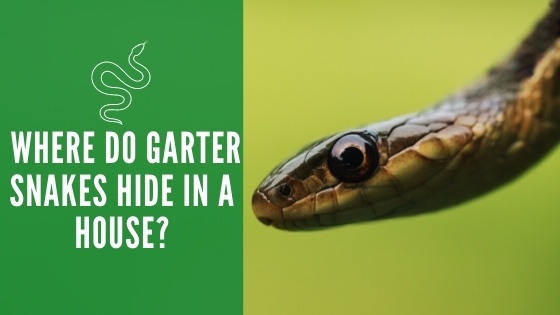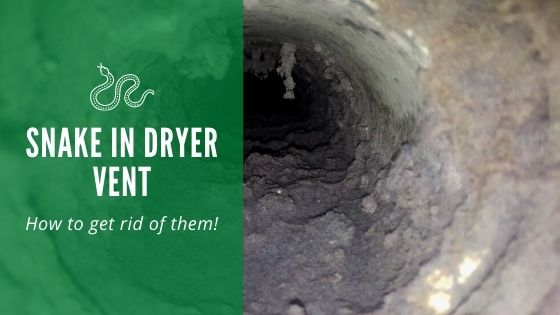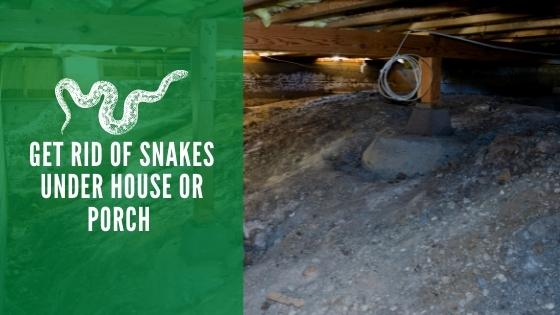Getting Rid of Snakes in Your Basement
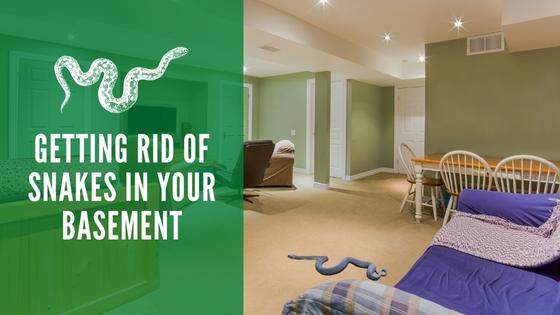
The sight of a snake in your basement might leave you wondering how long it will take to slither up the stairs to your bedroom. If you’re afraid of snakes, then you’re not alone. Approximately half of the population experiences anxiety around snakes, and 2 to 3% of people have a diagnosable phobia.
Knowing how to get rid of a snake in your basement helps you start feeling comfortable in your home faster. Just make sure to proceed cautiously with the removal process to avoid putting yourself in danger.
Why Are Snakes Attracted to Basements?
Snakes often find their way into basements by accident. The proximity of the basement to the ground surface outside makes it easy for a curious snake to slip through an entry point out of the desire to find food, water, and shelter.
Once inside, the snake might be unable to find its way out. A snake might also establish its nest in a basement, and some snakes may come and go as they, please. Usually, this happens when a snake views your basement as an easy place to stay warm or find a meal.
Where Do Snakes Hide In Basements?
A snake that accidentally got into your basement and can’t get out might not do a good job of hiding at all. You might see this type of snake slithering along the walls or rapidly moving out of sight as you enter the space.
Other snakes get quite cozy in basements. They may hang out near warm appliances, such as water heaters or furnaces. Others might curl up beneath furniture you’ve put in storage where they feel safe from potential predators, which often means you or your family.
Essentially, most snakes will choose any warm hiding spot that keeps them out of sight. Even a pile of old clothes could serve as a snake’s cozy hideout.
Getting Rid of Snakes In Your Basement
Finding a snake down there is upsetting, but you have several options to eliminate the problem as quickly as possible. Before you begin, remember that not all snakes are friendly. Sure, everyone appreciates that snakes keep rodent populations down, but they can also pack a nasty bite.
Always proceed cautiously before handling a snake of any kind. The majority found in basements are non-venomous, but any snake bite is painful and can leave you with a nasty infection.
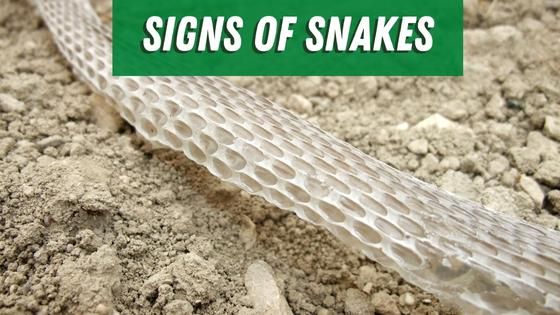
Recognize the Signs of a Snake Invasion
Snakes can be quite stealthy, and you might not see one immediately. Snakes sometimes generate a musky odor that you might recognize as unusual for your basement’s normal scent.
Snake skins are another sign of a snake invasion. Finding a snake skin doesn’t necessarily mean that one is still in the basement, but it lets you know that the conditions are right for one to make its way there.
If you see a snake skin or notice other unusual signs of activity, such as odd tracks in a dusty location, it is worth inspecting to ensure that no reptiles are still inhabiting the space.
Try to Identify the Type of Snake
Proper snake identification often requires an expert, but there are a few signs that you can look for to help you know if the one in your basement is venomous.
Typically, non-venomous snakes have rounded heads and eyes.
Venomous snakes have a more triangular-shaped head with slitted eyes. If you’re dealing with a rattlesnake, you might see the rattle on the end of its tail.
Copperheads and cottonmouths often have bright yellow or green tail.
Even with these guidelines, some snake characteristics might not be obvious enough to guess the species correctly. Unless you are sure of the type, avoid coming too close to any snake you find in your basement.
Know the Laws In Your State
Since most snakes are considered beneficial, you’ll often run into laws that prohibit you from killing one without a good reason. For instance, non-venomous snakes are considered to be protected wildlife in the state of Colorado. However, you may legally kill a rattlesnake that threatens you or someone nearby’s wellbeing.
Use a Trap to Catch and Release the Reptile
Special snake traps are available that you can use to catch and release the reptile without causing them harm. While they may take some time to work, they offer you a safer way to handle a snake entering your basement. But you will still need to find a safe and legal place to release the snake once it’s caught.
Call for Professional Snake Removal
If the thought of handling a snake makes you cringe, then you can rest assured that there are better ways to get one out of the basement.
Professional wildlife removal technicians use a special tool that catches the snake safely without them having to come close enough to get injured.
A snake removal expert also knows how to correctly identify the snake, follow applicable handling laws and release one in a safe location without ever having to put yourself at risk.
Keeping Snakes Out of Basements
Getting the snake out of the basement is one thing, but now you have to ensure this doesn’t happen again. Preventing snake problems is as easy as following a few simple steps.
Store Blankets In Covered Containers
Much like cockroaches and other pests, snakes love clutter. Piles of clothing or blankets provide them with a cozy place to snuggle into and get warm. If you store cloth materials in the basement, put them in a plastic bin with a lid. Most snakes won’t be able to slither through a tightly closed container.
Reduce Moisture Levels
Hopefully, you don’t have any basement leaks, but repairing any you find will stop snakes from seeking out water in the room—snakes also like areas with high humidity levels.
If necessary, use a dehumidifier in the basement to drop the moisture in the air so that snakes are less likely to find it enticing.
Seal All Suspected Entry Points
Basements often develop cracks around the egress windows that can help snakes get inside. There could also be cracks around the foundation of your house that allow snakes to slither in. After making sure that the basement is snake-free, you can begin sealing up any potential entry points.
Practice Continuous Pest Control
Snakes in the basement are often a sign that there is a steady supply of food somewhere inside the room. If you find a snake, then plan to do a pest inspection after its removal. Often, you’ll find cockroaches, rats, or other critters occupying the basement space.
Focusing on whole-house pest control methods can keep your basement snake-free and allow you to go downstairs without fearing what you might see.
Although no one likes finding a snake in the basement, it could be good if it helps you get motivated to take further actions to ensure your house is pest-free.Get Rid of Snake in Basement

